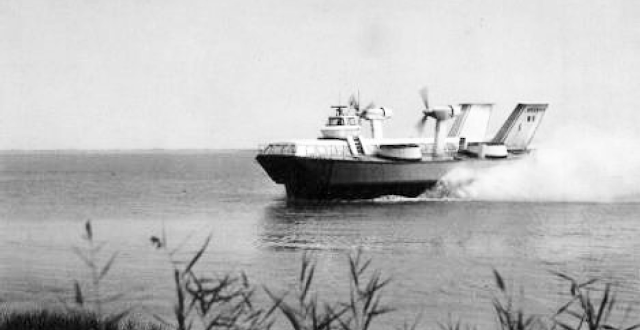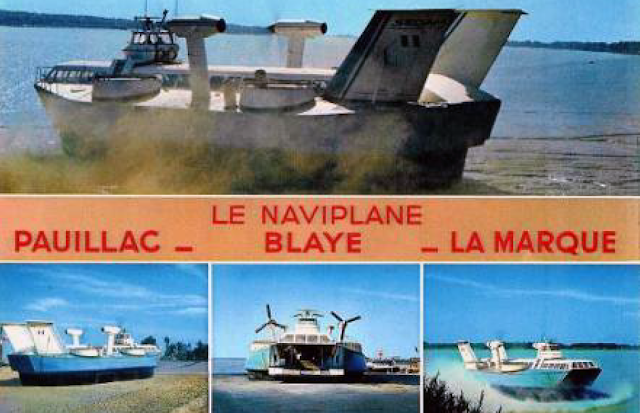Where did all the public toilets go?
Despite
being a very tourist-friendly city, when those visitors (or, indeed,
locals) need to respond to a call of nature, there are surprisingly few
options. OK, so there are a few one-person-at-a-time “sanisette”
installations dotted around the centre, but other than the inevitable
wait while a previous user finishes up and the toilet is cleaned, it’s
not exactly a very hospitable environment, and the piped music that
plays while you’re inside is unreal. There are still a few “vespasienne”
gentlemen-only urinals here and there (rue Robert-Lateulade and rue
Paul-Broca, as pictured above, for instance), and back-to-basics toilets
can be found in the Jardin de l’Hôtel de Ville and Parc Bordelais, but
other than that the best option is to head for a shopping mall or a
bar.
Which tram line is which at the Quinconces tram interchange station?
Even when you’re familiar with the Bordeaux tram system, the Quinconces public transport hub can be a complex beast to master. There are four platforms that sit side by side with minimal visible indications as to which line is which, let alone which trams are heading north, south, east or west. To add an extra dimension to the challenge, one set of tracks is home to both lines C and D. One of the most spectacular sights in the city is that of passengers jumping off a south-bound Line B tram and rushing across the various lines to catch a south-bound Line C or Line D tram. It doesn’t always end well but makes for excellent spectator sport, which can also be enjoyed on a slightly smaller scale at Porte de Bourgogne station.
How many more Bistro Régent restaurants can the Metropole sustain?
Since its creation in 2010, the Bistro Régent concept of a minimalist menu and its “fameuse sauce Charmelcia” (so famous that I had to google the name, it’s not exactly entered anybody’s vocabulary) has developed quickly in and around Bordeaux, making the franchise’s founder Marc Vanhove a wealthy man and enabling him to branch out elsewhere in France, as well as displaying his logo on the shirts of the local Girondins de Bordeaux football team. In and around Bordeaux, it has got to the stage where just about every vacant building seems to have been turned into a Bistro Régent in recent years, resulting in an incredible statistic that I’ve just made up: wherever you are in the Bordeaux Métropole, you’re never more than a 10-minute walk from a Bistro Régent. That is either very reassuring or very scary.
How do you get back to ground level from the Mériadeck quarter?
The Mériadeck quarter has often been covered on the blog. This large-scale urban experiment, which mainly developed throughout the 1970s and 1980s, is clearly unloved by the locals for various understandable reasons. One of the main specifics of the modern-day Mériadeck quarter is how raised walkways connect its different sections. In most parts it is fairly straightforward to get back down to ground level, but in some areas it can all be a bit hit and miss. Some of the secret stairwells are not signposted, some escalators are permanently out of order, and in places where you would expect to be able to get back down, you come up against a brick wall.
How can Saint-Christoly shopping centre still be a thing?
If you’re in central Bordeaux on a busy Saturday afternoon and in search of some peace and quiet, just head to Saint-Christoly shopping centre. This 1980s complex, which is just a stone’s throw from place Pey-Berland and rue Sainte-Catherine, seems to have faded completely from the collective conscience of Bordeaux shoppers. Back in the day, a buzzing Fnac music and bookstore occupied the basement area and drew many visitors in search of the latest cultural offerings. Ever since the Fnac relocated to rue Sainte-Catherine, the mall has struggled to draw in customers other than those heading to the Monoprix which took Fnac’s place and the Picard frozen food store. Even before the 2020 health crisis, many of the smaller outlets were struggling here. Not sure how bright the future currently looks for Saint-Christoly*.
*Update: a Sud Ouest article published late December 2020 stated that the shopping centre was under new ownership and that it "will be subject to 'major restructuring' and its concept will be 'completely revisited'."
Where exactly does the Pont Saint-Jean cycle path begin?
Pont Saint-Jean is the Bordeaux bridge that you never see on Instagram. The no-frills structure from the car-friendly 1960s also happens to provide a convenient and safe means of crossing the Garonne for pedestrians and cyclists alike. But the main challenge is simply to find how to access the bridge at all, given the density of the surrounding road network. Spoiler: the cycle path actually begins at an underpass towards the rear of a car park located opposite the Château Descas mansion, although the fact that the car park currently doubles up as a station where low-cost coach services depart and arrive makes it even more difficult to find the passageway. It is worth the effort though in order to take in the view across the Bordeaux skyline from the middle of the bridge!
How come there are never any pile-ups between cyclists and pedestrians on the Garonne waterfront?
The Garonne waterfront is one of the symbols of the transformation of Bordeaux and has become one of the go-to areas for a pleasant stroll. It also happens to be a magnet for joggers, skateboarders, rollerbladers and cyclists, and how there are not more collisions between people is one of the city’s greatest mysteries. Markings have nevertheless recently appeared in an attempt to at least channel the flows of walkers and joggers on the promenade which runs immediately alongside the river. However, the really hazardous hotspot is over by the multiple lanes of road traffic, where cyclists in a hurry are forced to cohabit with nonchalant pedestrians. What could possibly go wrong? Well, a great deal, although somehow it just about works.
Why didn’t the Utopia cinema go all the way and just install their screens on the ceiling?
L'Utopia is the much-loved arthouse cinema that is the latest incarnation of what used to be Saint-Siméon church on Place Camille-Jullian. Some of the cinema’s smaller screens have been set up in an annex to the rear of the building, and so that all spectators can enjoy an unobscured view of the films, the screens have been installed at an impressive height. The stargazing position can initially seem surprising but you gradually get used to the concept.
Why does nobody ever know where they are when exiting the UGC cinema?
Sticking with cinemas, around the UGC complex on rue Georges-Bonnac, a regular sight is that of cinema-goers emerging from hidden exits with no idea of where they are. The cinema, installed in a building which used to house a theatre, comprises no less than 18 screens, some of which are at ground level, some upstairs, and some underground. The exits from the individual rooms lead to various spots around the complex and it invariably takes some time to find one’s bearings and work out where one has ended up.
Will the anarchic queuing system at Mollat ever return?
There were not many upsides to the 2020 health crisis, but one may have been the renowned independent bookshop Mollat using floor markings to formalize the queue system at the checkouts, which are positioned along the side of a wall in a narrow corridor-like space ahead of an exit. In the old days, the queues had to stretch some way back before some kind of system naturally took shape. Before reaching that stage, several parallel lines would gather ahead of each checkout, with much jostling for position and discreet eye contact between customers as each opted for the checkout which they thought would progress the fastest. This inevitably resulted in a sense of injustice as three customers would get served at the neighbouring till in the time it took the person in front of you to purchase their single paperback. Will the anarchy of yesteryear return in the future or is the current formal queuing system here to stay? That, dear reader, truly is a veritable modern-day Bordeaux mystery.



























































1 commentaires: